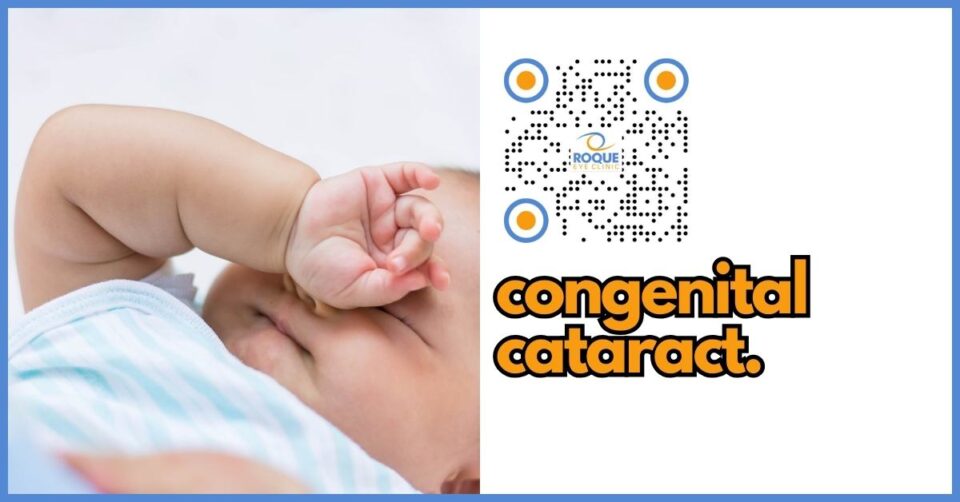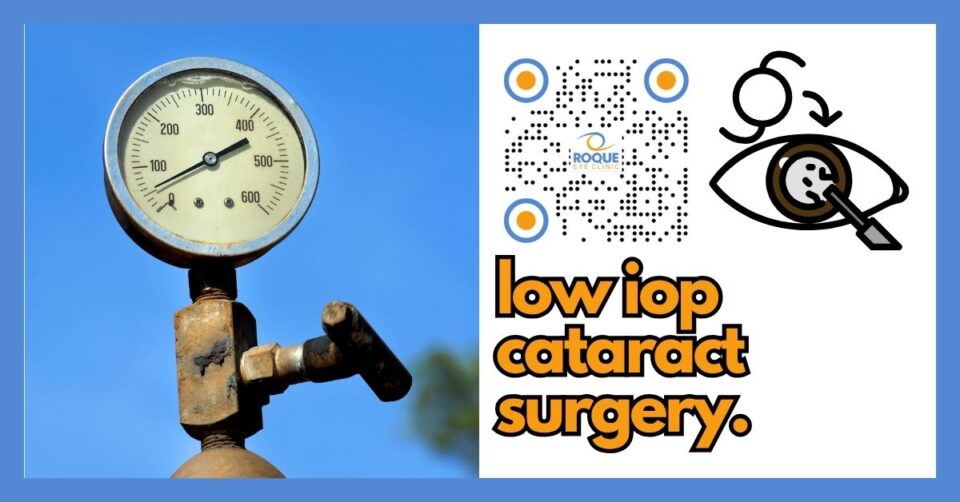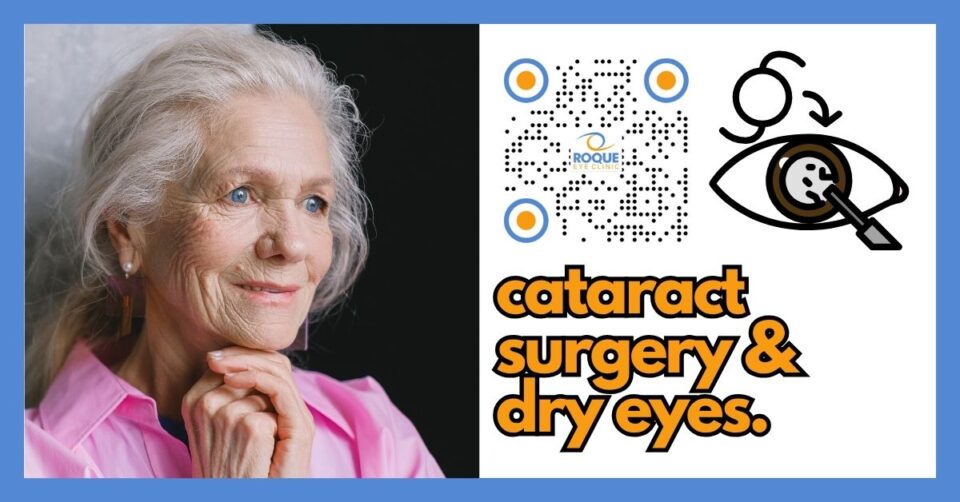Introduction
Congenital cataracts are a significant cause of visual impairment in children worldwide. This condition is characterized by the clouding of the eye's natural lens at birth or shortly after. Early diagnosis and treatment are vital for ensuring the best possible visual outcomes for affected children.
What are Congenital Cataracts?
Definition
Congenital cataracts are present at birth. They can occur in one eye (unilateral) or both eyes (bilateral) and vary in size, shape, and density.
Types
- Partial Cataracts: Affect only a part of the lens.
- Complete Cataracts: Affect the entire lens.
- Stationary Cataracts: Do not progress over time.
- Progressive Cataracts: Worsen over time.
Causes of Congenital Cataracts
Genetic Factors
- Inherited Conditions: Autosomal dominant or recessive inheritance can lead to congenital cataracts. Specific syndromes like Down syndrome and Turner syndrome are also associated.
Infections During Pregnancy
- Rubella: German measles can cause cataracts if contracted during the first trimester.
- Toxoplasmosis: Infection with Toxoplasma gondii can lead to cataracts.
Metabolic Disorders
- Galactosemia: A condition where the body cannot process galactose properly, leading to cataract formation.
- Hypocalcemia: Low levels of calcium in the blood can result in cataracts.
Trauma
- Physical Injury: Injury to the mother during pregnancy or trauma during delivery can cause cataracts.
Symptoms of Congenital Cataracts
Early Signs
- White or Gray Pupil: A visible whitening or graying of the pupil.
- Lack of Visual Response: Infants may not respond to visual stimuli.
- Nystagmus: Uncontrolled eye movements.
Other Symptoms
- Strabismus: Misalignment of the eyes.
- Poor Vision: Blurred or dim vision.
Diagnosis of Congenital Cataracts
Eye Examination
- Red Reflex Test: The absence of the red reflex can indicate cataracts.
- Slit Lamp Examination: Provides a detailed view of the eye structures.
Imaging Tests
- Ultrasound: Helps in evaluating the eye's internal structures.
- MRI and CT Scans: Used in complex cases to assess associated abnormalities.
Treatment Options for Congenital Cataracts
Surgical Intervention
- Timing: Early surgery, typically within the first few months of life, is crucial for optimal visual outcomes.
- Procedure: Removal of the cloudy lens and replacement with an artificial intraocular lens (IOL).
Post-Surgical Care
- Corrective Lenses: Glasses or contact lenses to correct residual refractive errors.
- Eye Patching: To treat amblyopia (lazy eye) if present.
Non-Surgical Options
- Observation: Regular monitoring may be recommended in cases where cataracts are small and do not significantly affect vision.
Prognosis and Follow-Up
Visual Development
- Regular Check-Ups: Frequent follow-up visits to monitor vision development and adjust treatment as necessary.
- Vision Therapy: This may be recommended to improve visual outcomes.
Potential Complications
- Glaucoma: Increased risk of developing glaucoma after cataract surgery.
- Retinal Detachment: Rare but possible complication.
Frequently Asked Questions (FAQs)
1. What are congenital cataracts?
Congenital cataracts are lens opacities present at birth that can impair vision.
2. How are congenital cataracts diagnosed?
They are diagnosed through eye examinations, including the red reflex test and slit lamp examination.
3. What causes congenital cataracts?
Causes include genetic factors, infections during pregnancy, metabolic disorders, and trauma.
4. What are the treatment options for congenital cataracts?
Treatment usually involves surgical removal of the cataract and corrective lenses post-surgery.
5. Can congenital cataracts affect both eyes?
Yes, congenital cataracts can be unilateral (one eye) or bilateral (both eyes).
6. What happens if congenital cataracts are left untreated?
Untreated cataracts can lead to permanent vision impairment or blindness.
7. Are congenital cataracts hereditary?
Some congenital cataracts are hereditary and can be passed down from parents to children.
8. How soon should surgery be done for congenital cataracts?
Early surgery, ideally within the first few months of life, is recommended for the best visual outcomes.
9. Can congenital cataracts recur after surgery?
While the cataract does not recur, other complications, like secondary cataracts, can develop.
10. What is the long-term outlook for children with congenital cataracts?
Many children achieve good visual outcomes and lead normal lives with timely treatment and regular follow-up.
Bibliography
- Moll AC, van der Linden PJ, et al. "Incidence of congenital cataract in the Netherlands: a retrospective study." Acta Ophthalmologica Scandinavica. 2003 Feb;81(1):38-42.
- Rahi JS, Dezateux C. "Measuring and interpreting the incidence of congenital ocular anomalies: lessons from a national study of congenital cataract in the UK." Investigative Ophthalmology & Visual Science. 2001 Oct;42(11):1444-48.
- Zetterström C, Lundvall A. "Surgical results in children with congenital cataract." Journal of Cataract and Refractive Surgery. 2002 Apr;28(4): 739-744.
- Lambert SR, Drack AV. "Infantile cataracts." Surv Ophthalmol. 1996 Jul-Aug;40(6):427-58.
- Vasavada A, Desai J. "Surgical techniques for pediatric cataract." Indian Journal of Ophthalmology. 2012 May-Jun;60(3):185-191.
Take-Home Message
Congenital cataracts are a serious eye condition that requires early diagnosis and intervention to prevent long-term visual impairment. With timely surgical treatment and diligent follow-up care, children with congenital cataracts can achieve good vision and lead normal, productive lives.
BOOK AN APPOINTMENT
It takes less than 5 minutes to complete your online booking. Alternatively, you may call our BGC Clinic, or our Alabang Clinic for assistance.












